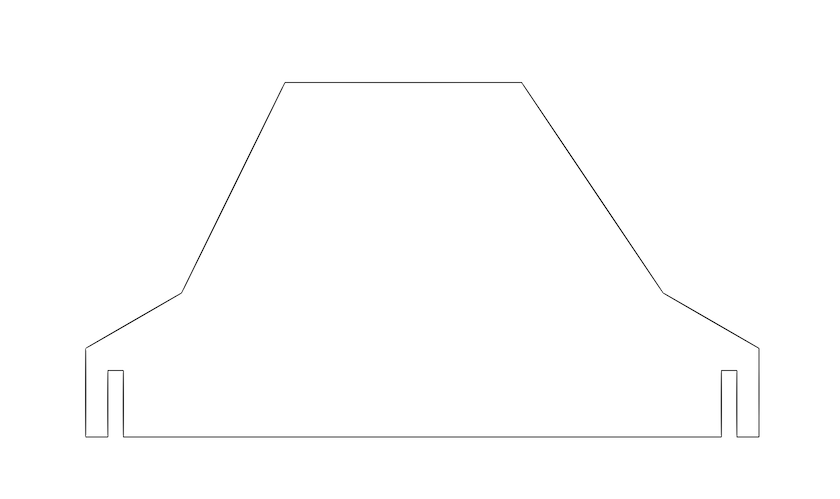Lasers emit electromagnetic radiation (EMR). These light waves are generated when electrons in anatom jump between levels of energy and then to another. The « ground state » of an atom is its lowest energy level. Depending on the energy level the beam could be narrow or wide. Lasers produce this type of beam. They have high power and are utilized in welding and surgery. Some types of lasers can be classified as « highly collimated » and used for these purposes.
The beam diameter is the measurement of the beam’s width. This measurement is usually taken at the exit face of the housing for the laser. There are several definitions for the size of the Gaussian beam. It’s the distance between two locations in the distribution of intensities which are 1/e 2 (0.135 times the highest intensity). A curved or elliptical laser has a smaller beam diameter.
The size of a laser beam can be measured on the exit side of a housing laser. It can be defined in many ways, but typically the diameter is the distance between two points of the marginal distribution whose intensity are 1/1 = 0.135 of their maximum intensity value. A beam that is irregular or curly of laser light is much smaller than a radial or cylindrical laser. But it remains a device.
To produce a laser beam, a laser with a high power produces a powerful light beam. Laser light is monochromatic, coherent and directional. Contrary to this, light from traditional sources diffuses and diverges, whereas the laser’s light is uniform in the wavelength. As the observer distances from the laser, the intensity of the output beam decreases rapidly. It is nevertheless possible to use the beam for a variety of purposes, despite its low power.
The width of a beam is measured from the edge of the housing of a laser. Different wavelengths be different in diffraction-limited strength. There are a variety of ways to determine the wavelength of lasers. Particularly, the wavelength may be measured by the peak power. A laser with a wide band-diameter can be very strong. Its output power is few orders of magnitude less than its consumption.
There are many methods to define the dimension of a beam of laser. The diameter of a buy laser pointer can be described by the distance between two locations of the Gaussian distribution. The distance between these two points is called the diameter of the beam. The beam’s diffraction speed is the distance between these two points which is the shortest. This means that the beam is a fraction of the size of the target’s.
The beam’s Radius is the length of the laser. The width is defined as the diameter of the beam. The width of a laser is the size of its pinhole. The pinhole, situated in the middle, determines the highest point of a spatial intensity pattern. The pinhole size depends on the wavelength of the laser, the focusing focal length, and the diameter of the beam input. The pinhole should have a Gaussian profile.
An excitation medium is used to trigger the laser’s lasing material when it is focused. The light is then reflected off of the material and a mirror placed at every end of the laser cavity amplifies the energy. The resultant beam is extremely flexible and can be used for hundreds of applications. Additionally, the wavelength of the beam laser can be altered to make it stronger and safe. The center of a ring is the ideal pinhole size.

The wavelength of a laser beam is important for its characterization. The wavelength of an individual laser is a measure of the amount of energy it can dissipate. A diffraction-limited beam will have a narrow spectral range, while a non-diffraction-limited one will have a wide bandwidth. A beam that has diffraction can be defined as a beam which is diffraction limited.
FDA has designated four types of lasers as dangerous. The laser’s power is determined by the class it falls under. These types of lasers can be harmful if used in a wrong way. The FDA requires products to have a warning label that states the class and strength of the product. A laser with excessive power could cause an explosion or accident. A flashlight emits white light however, the light that is produced by a difffraction-limited laser is monochromatic.


